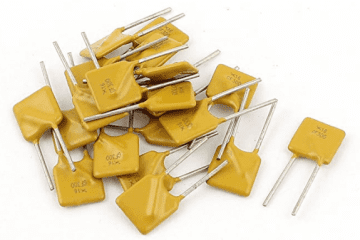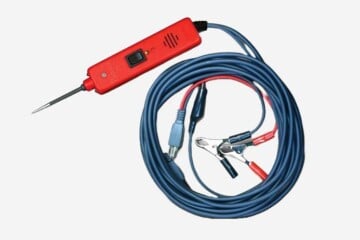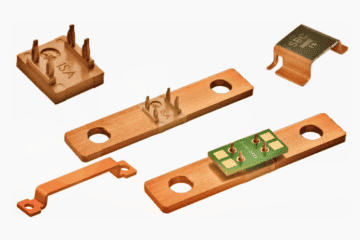This little post, as the title suggests, shares some random thoughts on system voltage supervisors and related things!
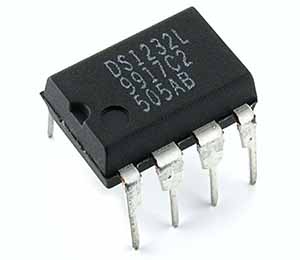
Supervisory Circuit
Supervisory Circuits are electronic circuits that monitor one or more parameters of systems such as power supplies and microprocessors which must be maintained within certain limits, and take appropriate action if a parameter goes out of bounds, creating an unacceptable or dangerous situation.
Supply Voltage Supervisory Circuit
Supply Voltage Supervisory circuits are used to monitor the supply voltage to embedded and other microcontroller systems for under voltage conditions. If an under voltage condition is detected then the supply voltage supervisory circuit will “brown out reset” the microcontroller and keep it in that state as long as the under voltage condition persists.
Power On Reset Circuit
A microprocessor must have a power-on-reset mechanism that can keep it on hold during the power up process until the system voltage stabilizes above the minimum level. The power-on-reset (POR) circuit holds the microprocessor in the reset state when the power is initially applied to ensure that the microprocessor starts working with all known knowledge of the addresses and logic states of the device to be controlled.
I have been aware of system voltage supervisors for decades, and had a clear understanding of what they are, because I often saw them on the motherboards of many video cassette players/recorders, camcorders, televisions, and advanced audio tape decks that existed at the time. Oh, I forgot to mention that I have over thirty years of experience in trouble-shooting consumer and professional electronics systems (see below photograph).
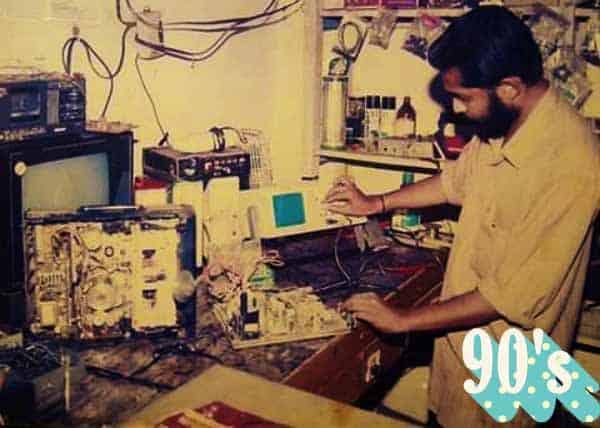
Back to the topic, the orthodox way to accomplish an external power-on-reset (POR) functionality is by a pretty simple RC circuit with Schottky Diode fast discharging as shown below. Note that this configuration is for a microprocessor with an active-low reset input.
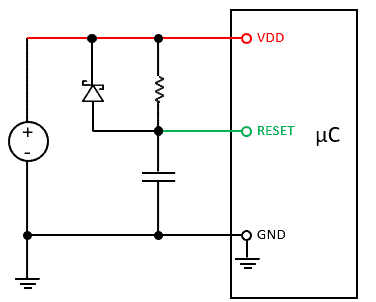
Brown Out Reset Circuit
The crude idea above is appropriate for a slow ramping up power supply, and it performs well for a normal power up process. But for an external brown out reset (BOR) function, the following modification is mandatory for reliability. See the addition of a PNP-BJT and Zener Diode.
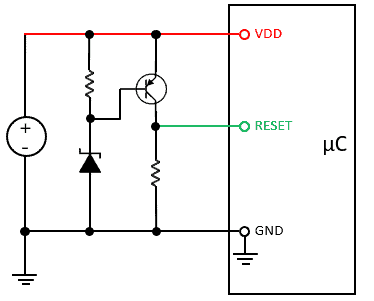
System Voltage Supervisor ICs
Since the simple methods given above have some inherent drawbacks, in order to establish an accurate voltage supervisory system, it is advisable to employ a dedicated system voltage supervisor (SVS) IC, like the DS1232 MicroMonitor Chip from Dallas Semiconductor.
Note that you can also find another chip in this series – the DS1232L – which is a super-low power version of the DS1232 MicroMonitor Chip.
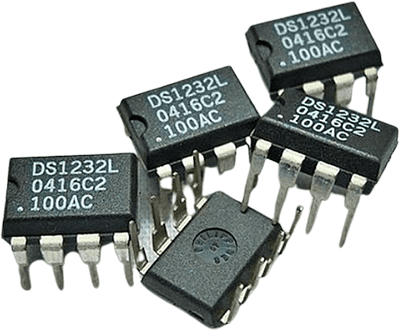
DS1232L Hands-on
I finally got curious enough that I decided to just buy it, and get the sense of the system voltage supervisory electronics through hands-on experimentation. Okay, to go further I did need to peek at the official datasheet.
Datasheet says that the chip monitors three vital conditions for a microprocessor – power supply, software execution, and external over-ride.
First, a precision temperature compensated reference, and comparator circuit monitors the status of Vcc. When an out-of-tolerance condition occurs, an internal power-fail signal is generated which forces reset to the active state. When Vcc returns to an in-tolerance condition, the reset signals are kept in the active state for a minimum of 250ms to allow the power supply and processor to stabilize.
The second function the chip performs is pushbutton reset control. It debounces the pushbutton input and guarantees an active reset pulse width of 250ms minimum.
The third function is a watchdog timer. The chip has an internal timer that forces the reset signals to the active state if the strobe input is not driven low prior to timeout. The watchdog timer function can be set to operate on timeout settings of approximately 150ms, 600ms, and 1200ms.
Features:
- Low power version of DS1232
- 50uA quiescent current
- Halts and restarts an out-of-control microprocessor
- Automatically restarts microprocessor after power failure
- Monitors pushbutton for external override
- Accurate 5% or 10% microprocessor power supply monitoring
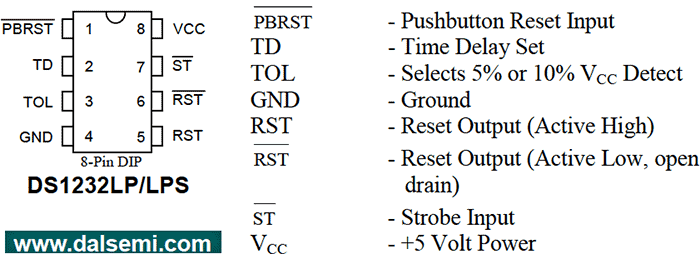
Now to a few more things to keep in mind…
The DS1232L is a low current microprocessor supervisor chip for monitoring 5V systems. The chip features logic selectable reset thresholds, a pushbutton reset input, a watchdog timer with three-state selectable timeout periods, and an active-low open drain reset and an active-high push-pull reset output. On power-up, the reset outputs are kept active for a minimum of 250ms to allow the power supply and processor to stabilize.
Note that the pushbutton reset pin of the chip must be held low a minimum of 20ms to guarantee a reset. The 250ms delay starts as the pushbutton reset input is released from low level. This input is debounced and it has an internal 40KΩ (typical) pull-up resistor to VCC.
The chip asserts a reset condition if the supply voltage drop below the reset threshold, the pushbutton reset is asserted low, or the watchdog timer does not see a high-to-low transition on the watchdog timer input within the watchdog timer period. A reset condition is held for reset timeout period of 250ms (minimum) after the pushbutton input is released or after the supply voltage increases above the reset threshold voltage.
But ultimately these are just small night gleams in the lake. It may take a bit of extra learning and experimentation to get everything understood! To be fair, the DS1232L is a great power supply supervisory chip as it offers an amazing breadth of functions in a single device. Below is a little example of what it can do.
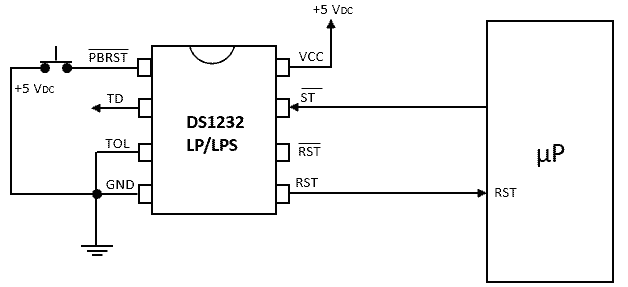
Note that in this “external pushbutton reset” circuit, TOL (Pin 3) of DS1232L IC is wired to ground, so the reset signals become active as VCC falls below 4.75 volts. And, the watchdog time period is 600ms because of the floating TD input (Pin 2).
What’s Next?
In order to protect batteries and sensitive systems in portable electronics designs from low voltages, it is advisable to use a reliable system voltage supervisor. Surprisingly, even if you search all over the web you can only find a limited number of such do it yourself projects! Therefore, I will not stop my experiments here. The next step is to create a universal standalone system voltage supervisor (SVS) module based on the DS1232L IC. Details of the construction project will be posted here when everything is completed as envisioned.

